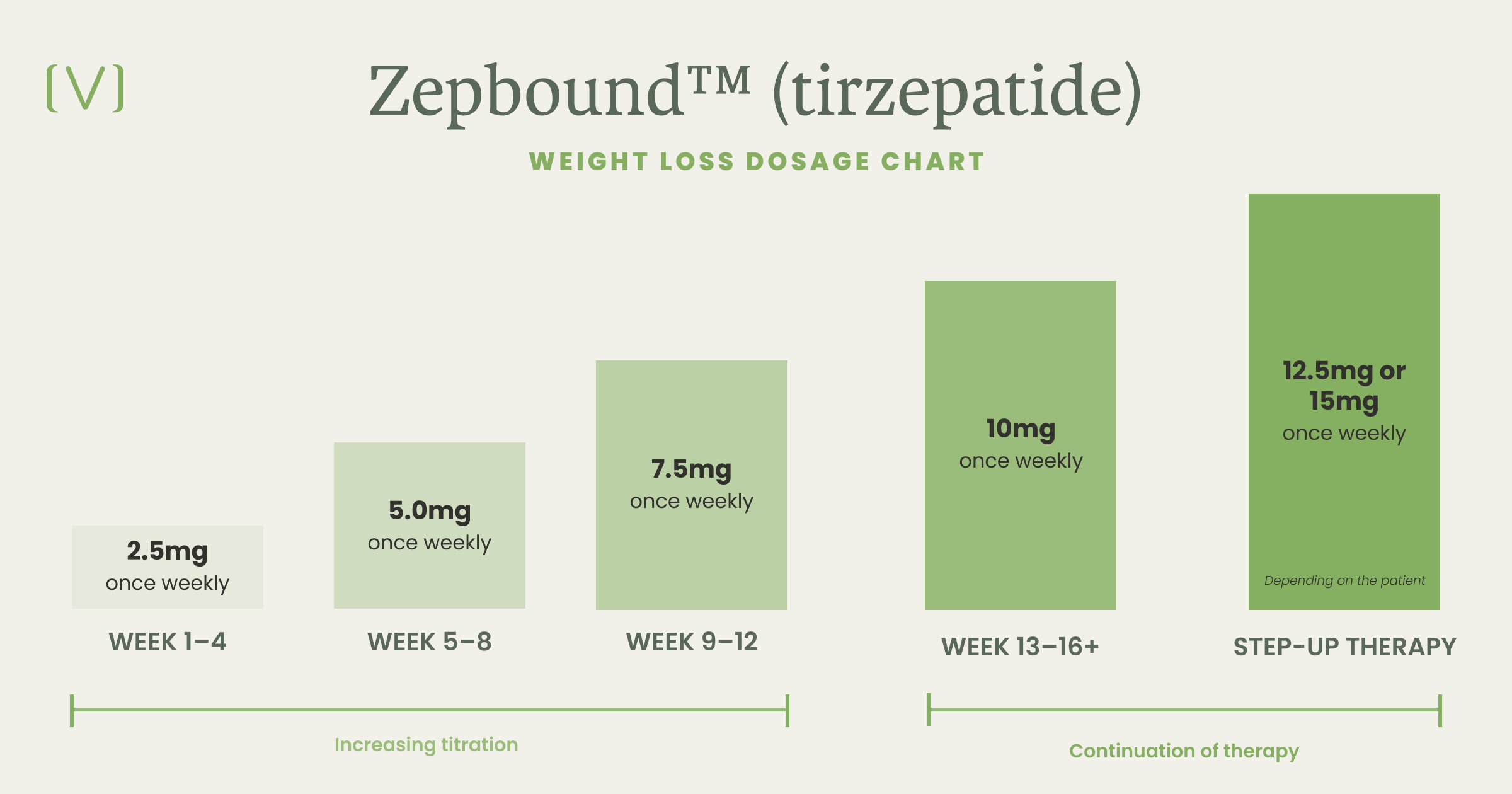When Do You Start Seeing Results From Zepbound

The highly anticipated weight-loss drug Zepbound, manufactured by Eli Lilly, has generated considerable buzz for its potential to help individuals struggling with obesity. But a crucial question looms large for prospective users: When can one realistically expect to see tangible results?
This article delves into the expected timeline for experiencing weight loss with Zepbound, drawing upon clinical trial data and expert insights. Understanding this timeline is crucial for managing expectations, maintaining motivation, and ensuring appropriate adherence to the medication regimen.
Understanding Zepbound and its Mechanism
Zepbound (tirzepatide) is a glucagon-like peptide-1 (GLP-1) receptor agonist and glucose-dependent insulinotropic polypeptide (GIP) receptor agonist. This dual action sets it apart from some other weight-loss medications, as it mimics the effects of two naturally occurring hormones that regulate blood sugar and appetite.
These hormones work synergistically to promote weight loss by increasing feelings of fullness, slowing down gastric emptying, and improving insulin sensitivity. Zepbound is administered via weekly subcutaneous injection.
The Clinical Trial Evidence: A Timeline of Weight Loss
The efficacy and timeline of weight loss with Zepbound are well-documented in robust clinical trials. One pivotal trial, SURMOUNT-1, involved over 2,500 adults with obesity or overweight and at least one weight-related comorbidity.
Participants receiving Zepbound, in conjunction with lifestyle interventions (diet and exercise), experienced significant weight loss compared to those receiving a placebo. The trials provide a clear picture of the timeline of expected results.
Early Weeks: Initial Changes (Weeks 1-4)
While individual experiences may vary, some individuals may begin to notice subtle changes within the first few weeks of starting Zepbound. These changes are often related to appetite reduction and improved satiety.
Patients might find themselves feeling full for longer after meals and experiencing fewer cravings. However, significant weight loss is typically not observed during this initial period, as the body adjusts to the medication.
Months 1-3: Noticeable Weight Loss
The most noticeable weight loss typically begins to occur during the first three months of treatment. Clinical trial data indicates that participants in the Zepbound groups started to see a consistent and measurable reduction in weight during this period.
The average weight loss during this timeframe varied depending on the dosage, but generally, participants experienced a steady decline. It’s important to note that adherence to the prescribed diet and exercise plan is critical for maximizing results.
Months 3-12: Sustained Weight Loss
As treatment progresses beyond three months, the weight loss typically continues at a more gradual but sustained pace. SURMOUNT-1 trial participants taking the highest dose of Zepbound (15 mg) achieved an average weight loss of around 20% of their initial body weight over the course of 72 weeks.
The key is consistency and adherence to the treatment plan. Regular monitoring by a healthcare professional is essential to track progress, adjust the dosage if necessary, and address any potential side effects.
Beyond 12 Months: Long-Term Maintenance
The long-term effects of Zepbound on weight management are still being studied. However, clinical trial data suggests that continued treatment is necessary to maintain weight loss.
Discontinuing Zepbound may lead to weight regain, highlighting the importance of viewing it as part of a comprehensive long-term weight management strategy. This strategy should incorporate lifestyle modifications, such as a healthy diet and regular physical activity, to support sustained weight loss.
Factors Influencing the Timeline
Several factors can influence the timeline and extent of weight loss with Zepbound. These include the individual's starting weight, overall health status, adherence to diet and exercise recommendations, and the specific dosage of the medication.
Furthermore, individual metabolic responses to Zepbound can vary. Some individuals may experience more rapid weight loss, while others may see a more gradual decline.
The Importance of Realistic Expectations
It’s critical to approach Zepbound treatment with realistic expectations. While the medication can be a powerful tool for weight loss, it is not a magic bullet.
Patience, consistency, and a commitment to lifestyle changes are essential for achieving optimal results. Engaging with a healthcare professional throughout the treatment process is crucial for monitoring progress, addressing concerns, and making necessary adjustments to the treatment plan.
Potential Impact and Considerations
The potential impact of Zepbound on individuals struggling with obesity is significant. Obesity is a major risk factor for numerous health problems, including type 2 diabetes, heart disease, and certain types of cancer.
By facilitating substantial weight loss, Zepbound may help to reduce the risk of these complications and improve overall health and quality of life. However, it’s important to consider the potential side effects of the medication, which can include nausea, diarrhea, and vomiting.
Conclusion
While the timeline for seeing results from Zepbound varies from person to person, most individuals can expect to start noticing weight loss within the first few months of treatment. Sustained weight loss typically occurs over a longer period, with optimal results achieved through consistent adherence to the medication and lifestyle modifications.
Zepbound offers a promising option for individuals seeking medical assistance in their weight loss journey. Consulting with a healthcare professional is essential to determine if Zepbound is right for you and to develop a comprehensive treatment plan.


















